Preventing Split Ends for Regular Swimmers
Swimming a few times a week is great for your body, but your hair might tell a different story. If you’re starting to notice rough ends, dull texture, or strands that snap a little too easily, chlorine and saltwater might be to blame. One of the most common complaints regular swimmers have is split ends showing up more often than they should. And once your hair starts breaking, it's harder to get it back to its healthy state.
The good news is there are ways to keep swimming without sacrificing your hair’s well-being. It all starts with understanding what’s causing the damage and putting simple routines in place to stop it before it starts. With a little planning and consistency, you can swim regularly and still have strong, smooth hair that doesn’t feel like hay by the end of the week.
Understanding How Chlorine and Saltwater Damage Hair
If your hair feels dry or rough after swimming, there’s a reason. Chlorine, often used in pools to kill germs, doesn't just stay in the water. It sticks to your hair and strips away the natural oils your scalp produces, which help keep your strands soft and smooth. Over time, that buildup weakens the hair cuticle and makes it easier for ends to split or break off. Saltwater does something similar by drawing moisture out of your hair, leaving it brittle and more prone to damage.
When your hair is constantly exposed to these elements without protection, it starts to lose elasticity. That means it’s less able to stretch and return to normal, so it breaks more easily. You might start noticing more flyaways, broken strands on your brush, or ends that feel thinner or frizzier than the rest of your hair.
Take Lisa for example, a triathlete who swims year-round. When she upped her pool workouts, she didn’t realize the toll it was taking on her hair. Within a few weeks, her ends started fraying, and she ended up cutting several inches just to keep things manageable. That kind of damage doesn’t happen overnight, but once it starts, it’s hard to stop without making some changes.
Choosing The Right Swimmer Hair Products
Protecting your hair doesn't mean skipping your swim sessions. It starts with using products built for swimmers that help defend against chlorine and saltwater before and after getting in the water. Look for shampoos and conditioners with hydrating ingredients that add slip and moisture. Pre-swim products create a light barrier that makes it harder for pool water to get into your hair, while post-swim options rinse away residue and restore hydration.
Not sure where to start? Here's a simple breakdown of swimmer hair products to keep in mind:
- Pre-swim protectants: Lightweight leave-in sprays or creams that condition hair ahead of time and form a shield against chlorine or salt
- Post-swim shampoos: Use one that targets chlorine and mineral buildup without being too harsh or drying
- Conditioners and masks: Rich formulas that rehydrate the hair and help recover softness after swimming
- Leave-in treatments: A good leave-in conditioner helps tame frizz, boost strength, and hold in moisture for longer
Choosing the right product is just part of it. Using them consistently and pairing them with a good routine matters most. When you find a lineup that works, you'll feel the difference in just a few sessions at the pool.
Effective Hair Care Routine For Swimmers
The routine you follow around your swim makes a big difference in how your hair feels and looks over time. A mix of simple habits, done consistently, builds a strong defense against split ends. Think of it as your pre- and post-pool checklist to keep damage from building up.
Here’s a basic hair care routine to stick with before, during, and after swim sessions:
1. Before the swim
Start by rinsing your hair with fresh water. When your hair is already wet with clean water, it soaks up less chlorine or saltwater. This small step helps minimize how much your hair absorbs later. Then apply a pre-swim protectant like a cream or leave-in spray. This helps form a barrier over your strands, locking in moisture ahead of time.
2. During the swim
Wearing a swim cap isn’t just for speed. It helps reduce direct exposure and keeps some of the chlorine and salt out. If you don’t like how it feels, look for caps made of softer materials or try a slightly looser fit. It may not block out all the water, but it lessens constant soaking.
3. After the swim
Rinse your hair again as soon as possible. This helps wash off chemicals and salt before they sit too long. Then follow up with a swimmer-friendly shampoo to clean your scalp and strands without over-drying. Finish by using a rich conditioner or mask. Let it sit a few minutes if your hair needs deep moisture. Before detangling, use a wide-tooth comb and be gentle with wet strands since this is when hair is at its weakest.
Following this kind of routine regularly helps avoid split ends while keeping your hair soft and easier to manage, no matter how often you're in the water.
Additional Tips To Prevent Split Ends
Good products and a smart routine aren't always enough if a few everyday habits are working against you. Split ends don’t just come from chlorine. They also show up when hair is handled roughly or left untreated for too long. Making a few changes to how you care for your hair outside of the pool can help it stay stronger between swims.
Here are a few small choices that can make a big difference:
- Trim your ends every 6 to 8 weeks. Cutting off the damaged tips prevents the splits from moving up the hair shaft
- Be gentle when drying. Instead of rubbing your hair with a towel, blot it dry or squeeze out extra water with a soft microfiber towel or old T-shirt
- Skip the heat regularly. If your hair is already taking a hit from the pool, it doesn’t need more stress from flat irons or blow dryers. Let it air dry when possible
- Sleep on silk or satin. These pillowcases reduce friction on your hair overnight, which lowers the chance of ends splitting while you toss and turn
- Keep it loose. Tight hairstyles or tying up wet hair with rough elastics can pull and snap your strands. Go for soft ties or scrunchies and avoid overly tight buns
These tips might feel simple, but they add up. By being a little kinder to your hair throughout the week, you reduce the chances of splits creeping back in.
Keep Your Hair Feeling Good After Every Swim
Swimming doesn’t mean you have to give up on the idea of smooth, healthy hair. With the right approach, you can enjoy regular dips whether for fitness or fun without taking a hit on your hair’s strength and shine. It’s about using swimmer hair products that support your routine and adjusting habits that might be making things worse.
Hair health isn’t just about what you use, but how you use it and when. By making just a few changes to your prep and post-swim care, you'll see fewer split ends, softer strands, and a lot less frizz. Small shifts in your habits, matched with the right tools, can help protect your hair no matter how often you're in the water.
Stick to a rhythm that works, and over time, your hair will start to feel like itself again, clean, soft, and ready for your next swim.
To keep your hair looking and feeling its best, even with regular swim sessions, consider exploring our range of swimmer hair products. Each item is made to help shield your hair from chlorine and saltwater while restoring moisture and smoothness. At TRIHARD, we’re proud to support your swim routine with hair care that works as hard as you do.


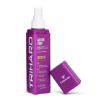


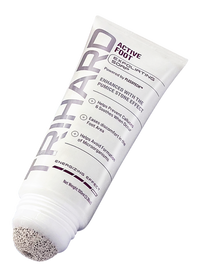


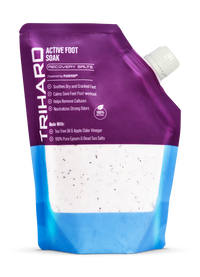






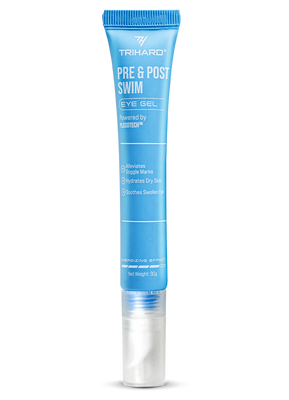












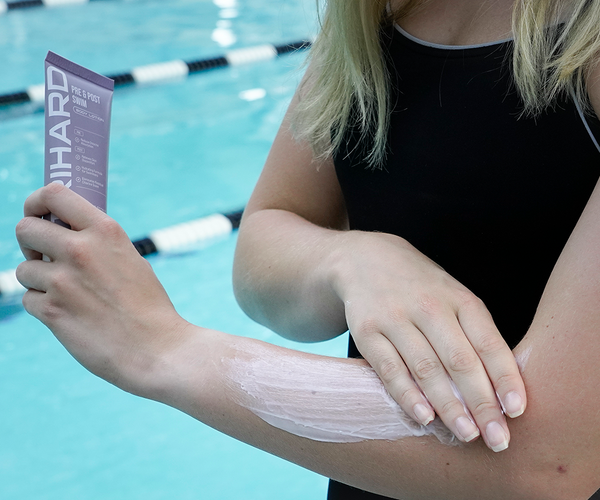

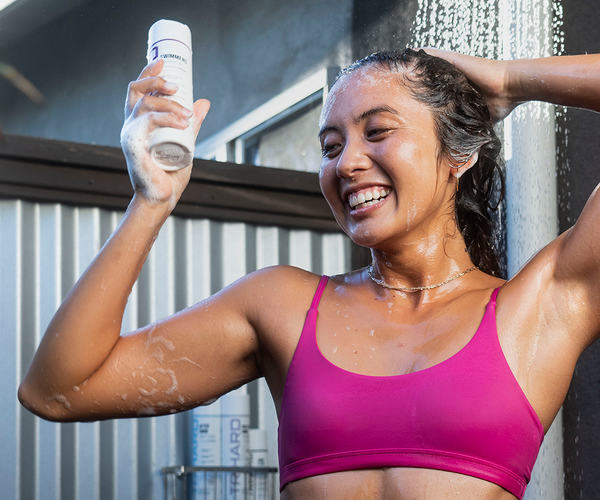
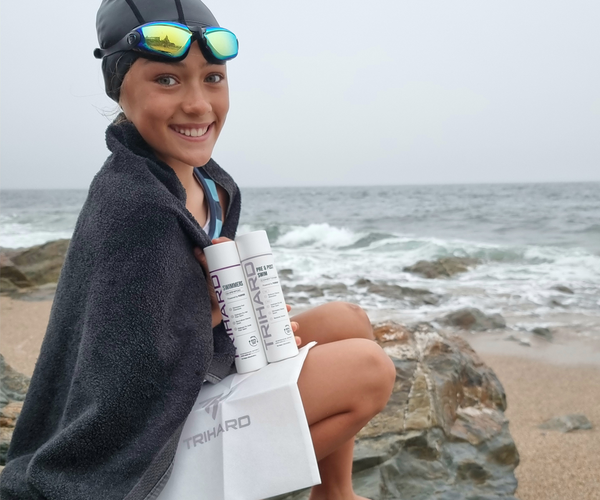
Hinterlassen Sie einen Kommentar